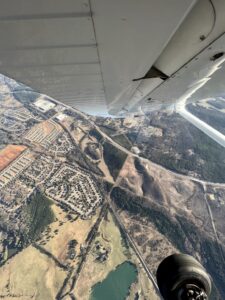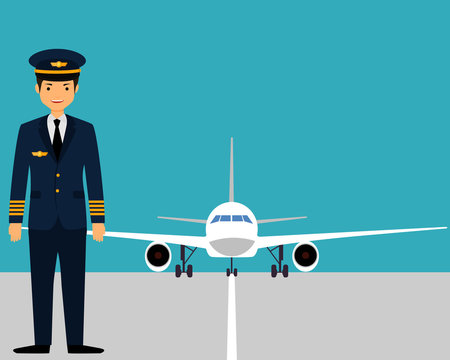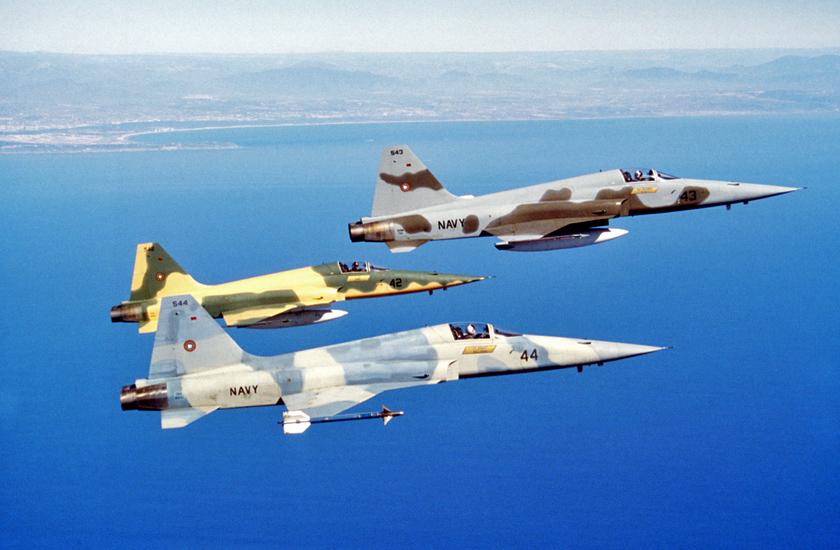What Are Some Professional Advancement Opportunities for Airline Pilots?
The horizon isn’t just a boundary–it’s an invitation. For aspiring pilots, the sky seems like an endless world of possibilities. Whether one may envision themselves in the flight deck of a commercial airliner, or flying down a more unconventional path, their journey all begins the same–at a flight school. Phoenix East Aviation doesn’t just teach pilots ho w to fly; they set their students up for a career that soars as high as their dreams. Let’s take a closer look at some professional advancement opportunities for airline pilots.
w to fly; they set their students up for a career that soars as high as their dreams. Let’s take a closer look at some professional advancement opportunities for airline pilots.
Career Progression
As a pilot’s career progresses, they will have to complete training and earn certifications to become eligible for certain jobs. The most common pathway for a US pilot is: Private Pilot License, Instrument Rating, Commercial Pilot License, Instructor Ratings, and any additional certificates and rating that may follow.
Private Pilot License
Obtaining a Private Pilot License (PPL) is the first step toward pursuing a career as an airline pilot. Individuals who obtain a PPL can fly at night, in controlled airspaces, and in the category of aircraft they are certified for (typically a small single engine aircraft). However, private pilots cannot fly for compensation, for hire, or for commercial purposes.
The training requirements to obtain a PPL are at least 35 hours of flight time, 20 hours with an instructor, a practical exam or checkride, and a written or verbal knowledge test.
Think of a PPL as the foundation of one’s flight training. It enables pilots to accumulate flight hours and experience, which are essential for obtaining more advanced certificates that permit working professionally. The skills acquired while flying small, single-engine aircraft as a private pilot lays the groundwork for operating larger, more complex aircraft later in a pilot’s aviation career.
Flight Instructor
Flight instructors form the foundation of aviation education, guiding novice pilots toward technical proficiency and instilling a culture of safety. Armed with Certified Flight Instructor Ratings (CFI), these pilots are authorized to provide instruction and endorse student pilots for advanced certifications. PEA’s focus extends beyond just teaching a pilot how to fly; their overall approach aims to develop successful pilots that are highly valued by hiring airlines.
Becoming a flight instructor is not just a career milestone; it’s a strategic financial decision. Instructors at PEA can gain the requisite 1,500 flight hours for an Airline Transport Pilot License (ATPL) more economically, as they earn while instructing, thereby bypassing the significant costs that come with accumulating flight hours independently.
 Airline Transport Pilot License
Airline Transport Pilot License
The Airline Transport Pilot (ATP) License is the highest level certification a pilot can obtain. It is a mandatory requirement for pilots operating airliners from the regionals to major commercial airlines such as Delta, United, etc. There are two types of ATP Licenses. There is a standard ATP License and a Restricted ATP License.
Pilots are required to be at least 23 years of age to obtain a regular ATP License. They must also meet the 1,500 hour required flight time.
Restricted ATP Licenses are for certain qualified individuals who may be military pilots or graduates of approved aviation programs, allowing them to obtain their ATP Certification with fewer than the standard 1,500 hours. The minimum age requirement for a Restricted ATP License is 21. Pilots who are in the military will only need to have 750 hours, while graduates of four-year and two-year aviation universities require 1,000 and 1,250 respectively.
An ATP license signifies rigorous requirements and preparation to fly passengers professionally. Pursuing this certification through specialized university programs or military service can provide an efficient path to meeting airline hiring prerequisites.
Cargo Transport
Cargo pilots play a crucial role in global business, facilitating the rapid transport of freight both domestically and internationally. Cargo flying can fall under either FAR Part 121 or FAR Part 135. The determination of whether a cargo operation falls under Part 135 or Part 121 depends on factors such as aircraft size, whether it is scheduled or on-demand, and other characteristics.
Cargo under Part 135 doesn’t require ATP, however cargo under Part 121 does. Cargo carriers are subject to FAA regulations to ensure they are in compliance with safety and operational standards. Cargo pilots’ schedules vary depending on the nature of the operation. This also includes their flight duration that can be anywhere from short domestic trips to long extended international journeys.
Flight times can occur during the daytime and nighttime hours. The variety and flexibility allow cargo pilots to meet the demands of global logistics, ensuring timely delivery across various time zones and geographical regions.
Corporate Pilots
Corporate aviation is another route a pilot may want to explore as a career and play a crucial role in facilitating efficient business operations, requiring a blend of technical expertise and interpersonal skills. This position seeks individuals who thrive on challenges and want to experience flying beyond traditional airline routes. A corporate pilot job can be landed with a Commercial Pilot License, however most employers will require significant flight time to become eligible. When it comes to corporate flying, each employer may have their own requirements. However, pilots can expect to need at least 1500 hours of flight time, a valid first-class or second-class medical exam, a passport, and legal authorization to work in the United States.
Regional Pilots
One pathway to get to a major commercial airliner’s flight deck is through the regional airlines, which operate under FAR Part 121. Regional airlines often provide valuable experience that isn’t typically available through general aviation alone. With fleets that usually consist of mid-sized aircraft like the Bombardier CRJ-200, Embraer ERJ 145 and Embraer E-175, regional airlines play a vital role in a pilot’s development. This type of fleet allows pilots to hone in on their flying skills while accumulating flight hours. While some pilots choose to remain with regional airlines, many use this experience as a stepping stone to larger commercial airliners.
Specialization
There are many non-airline pilot jobs that an individual may want to consider. Each of these specialities have their own unique set of challenges and rewards, attracting passionate pilots who are interested in a less conventional flying career. Some of these specialized careers may include MedEvac pilots, aerial photography, sightseeing or tour pilots, and aerial survey pilots.
There are many opportunities for aspiring pilots and although some have dreams of becoming commercial airline pilots, the world of aviation extends far beyond the traditional flight deck. These professional advancement opportunities are just the beginning. They represent a chance to merge passion with profession, and turn the extraordinary into the everyday. Remember: the right career in aviation isn’t just about flying high, it’s about finding the right path that will make everyday feel less like work and more like living the dream.
If you are ready to have your pilot dreams take flight, contact Phoenix East Aviation at info2@pea.com to get in touch with their esteemed Admissions Department which is here to help!




